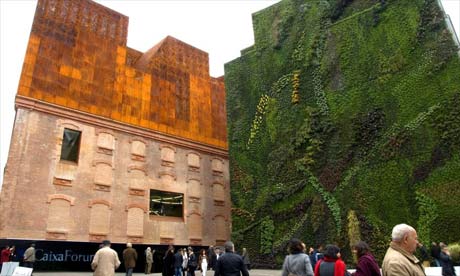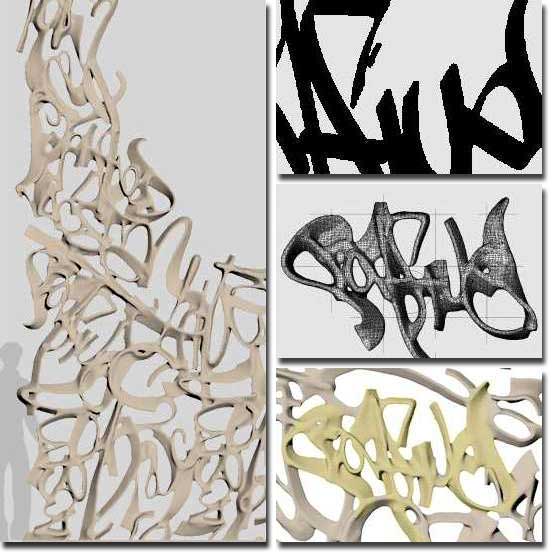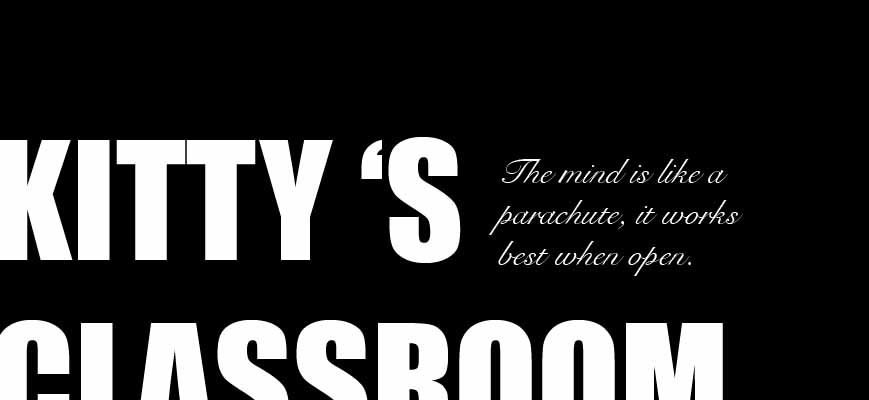studies
January2009
Currently, I am doing action research within the area of Brick Lane Market which will hopefully lead me to the proposal of the project. Case study plays an important part of my research, apart from looking and comparing Brick Lane Market with similar types of projects (markets and malls), here are the additive case studies that I believe would be useful for my project. As I want part of my work to be a material experimental process, also the area that I am looking into has a reputation in art. I Chose to study more about projects of Herzog & de Meuron Architekten because most of their projects have an interesting way of transforming space and material inspired by art practice. Hence their success can be attributed to their skills in revealing unfamiliar or unknown relationships by utilizing innovative materials.*
*http://en.wikipedia.org/wiki/Herzog_&_de_Meuron
Selected Projects
1.The Caixa Forum, 2008, Madrid, Spain
2.40 bond street, 2008, New York City, USA
3.Dominus winery, Napa valley, California, USA
--------------------------------------------------------------
The Caixa Forum

The Caixa Forum
The project:
The Caixa Forum arts centre, Madrid, Spain includes galleries, administrative offices and a restaurant in the upper levels, as well as an auditorium below ground level.
Context:
The CaixaForum-Madrid stands on a site facing the Paseo del Prado and the Botanical Garden vis à vis. This location has very good prospects to be developed into another art space complementing its neighbour. This area was formally occupied by a host of industrial urban structures including the Central Power Station and a gas station.
Suggestion:
In order to develop the full potential for this prominent location, all existed brutal buildings couldn’t be preserved. Eventually the gas station had to be demolished and the result was a small plaza between Paseo del Prado and the power station.
Problems:
To insert new function into the building, architects have to solve many problems posed by the site and requirements including: the narrowness of the surrounding streets, the placement of the main entrance, the demand for big open space and the architectural identity of the place. The only material that could be used from the existing was its brick shell.
Solution:
Design solution:
Separating and removing the base and the parts of the building no longer needed.
The architects lift the buildings off the ground to create a shaded public plaza and point of entry, with essentially windowless program spaces above. This sheltered space under the CaixaForum acts as a semi-outdoor space, offers its shade to visitors and pedestrians and is at the same time the entrance to the Forum.
Result:
The construction separated space into two:
Underground and Aboveground.
Underground space buried underneath the landscaped plaza provides space for a theater/auditorium, service rooms, and several parking spaces.
Aboveground space includes additional part above rooftop of the building which its shape reflects the roofscape of the surrounding buildings, it houses restaurant/bar and the offices.
Space below serves as the entrance lobby and galleries, a restaurant and administrative offices.
References:
Online Text
http://coolboom.net/architecture/caixaforum-madrid-by-herzog-de-meuron/ http://www.arcspace.com/architects/herzog_meuron/caixa/caixa.html http://archrecord.construction.com/projects/portfolio/archives/0806caixaforum-1.asp http://landscapeandurbanism.blogspot.com/2008/02/vegitecture-caixa-forum-madrid.html
Audiovisual:
http://uk.youtube.com/watch?v=fwkPsH2D4Yw http://artforum.com/video/mode=large&id=20224
40
Bond Street



The project:
40 Bond Street condominium is located in downtown of Manhattan, New York City. It has 27 loft style apartments. Five townhouses will have their own separate entrances and private rear gardens. A triplex penthouse will top the 11-story condo.
Context:
The investor and owner, Ian Schrager, has been interested in luxury lifestyle. His previous projects include high-end hotels, residential buildings and clubs. Indeed, 40 Bond will be one of his elegancies. He claimed that his users will be the one who seek for unique living experience. Problems: The building was modern boxy shape covered with glass curtain walls which now everywhere in Manhattan. Designers had to find the way to make it glamorous. Also the building must have a strong identity so that could be repeated for marketing And advertising.
Solution:
Adding protective cladding
1. Curved glass
Many pieces of greenish transparent glass were placed all over the façade to create the effect of light plays off these glass spandrels. The facade of 40 Bond might just sparkle at noon and glow at dusk.
2. Cast aluminum motif
The other element that literally draws pedestrian’s attentions is the cast aluminum gate at street level with its graffiti-inspired form. The gate, measuring 22 feet high by 140 feet long. The inspiration suggests random, haphazard of New York City streetscape. This motif is repeated onto many elements of interior space and is used as a brand image for the project.
Result:
Even though the extra skin adds no critical function for the building except luxurious appearance, it could serve the city as a spontaneous piece of art.
References:
Text:
http://www.40bond.com/
http://www.triplemint.com/triplemint/2006/02/40_bond_in_deta.html
http://coolboom.net/en/2008/03/06/40-bond-gate-by-herzog-and-de-meuron/
http://nymag.com/arts/architecture/reviews/37973/
http://www.metropolismag.com/story/20071219/sublime-insanity
Audiovisual:
http://uk.youtube.com/watch?v=T3w2tFyRT-E
http://uk.youtube.com/watch?v=suv8wFjST5s
Dominus
Winery


The project:
Dominus winery is located at Yountville, Napa Valley, California, USA The building is a wine cellar for storage of barrels and barriques which also incorporates the winery's offices.
Problems:
The required space is very big (100 m long, 25 m wide and 9 m high) A building of this magnitude, may look too obtrusive and unattractive. The temperature outside is extreme, the designers had to find the way to moderate the temperature to be good for wine.
Solution:
Instead of breaking the big volume into pieces, the two Swiss architects chose to emphasize its disproportionate measures, giving the exterior the three-dimensional qualities of a single compact volume. Rather than trying to make a big monument, their approach was to integrate the winery into the landscape. Filled with basalt rocks from the nearby American Canyon, the stainless steel baskets are both an aesthetic and technical choice. Generally used to retain dirt along highways, here the gabions are used to control temperature inside, as in old buildings.
The building's "skin" is made of modular gabions of wire mesh "containing" masses of locally quarried stone of different shapes and sizes - a technology commonly used in river engineering - made rigid by a metal structure. Inside the building, the skin helps providing ventilation and natural lighting, Architects also placed a long window in the office to provide panoramic views, allowing staffs to follow at all times the activity in the vineyard.
Result:
The building is a very good example
of how to use material aesthetically but functionally.
References:
Online text:
http://www.dominusestate.com http://www.archiplanet.org/wiki/Dominus_Winery http://www.arch.mcgill.ca/prof/mellin/arch671/winter2001/bboudr1/drm/dominuswinery.html http://www.valleyarchitects.com/projects/wineries_dominus.html http://www.floornature.com/articoli/articolo.php?id=12&sez=3 Audiovisual: http://uk.youtube.com/watch?v=zzYm-ofnLo

No comments:
Post a Comment